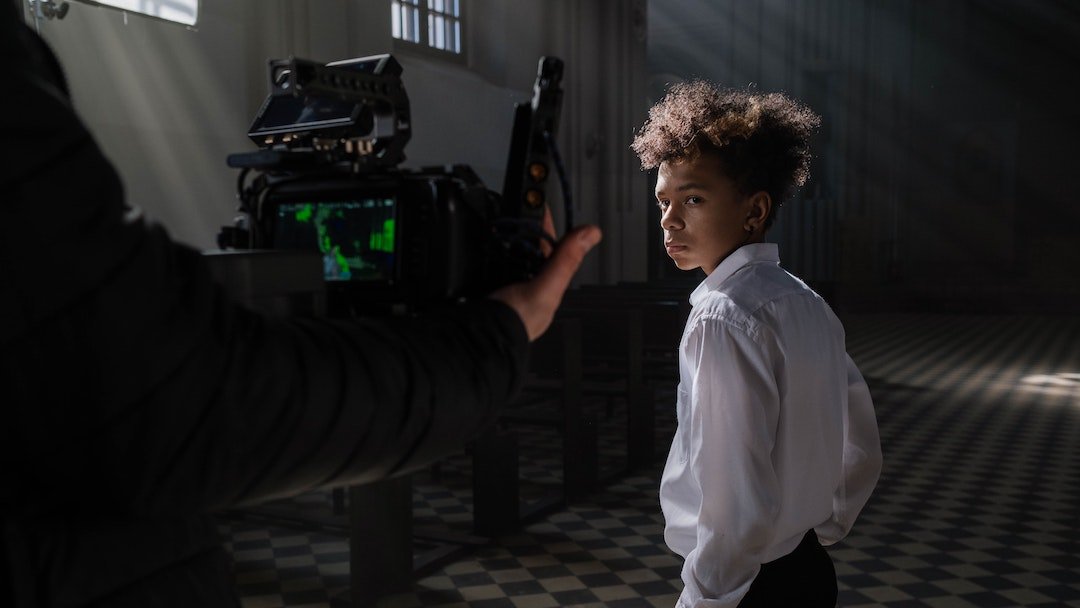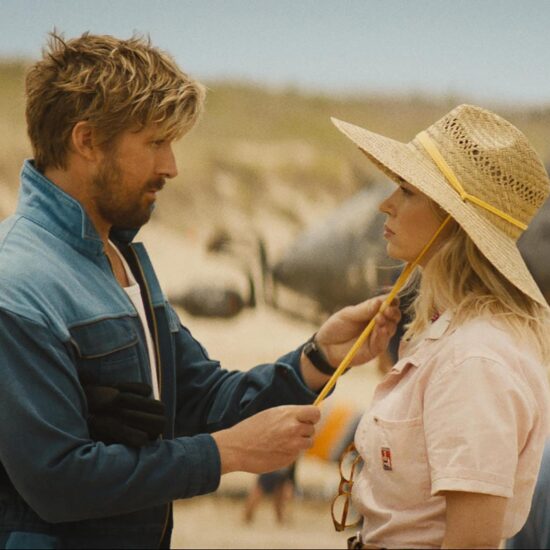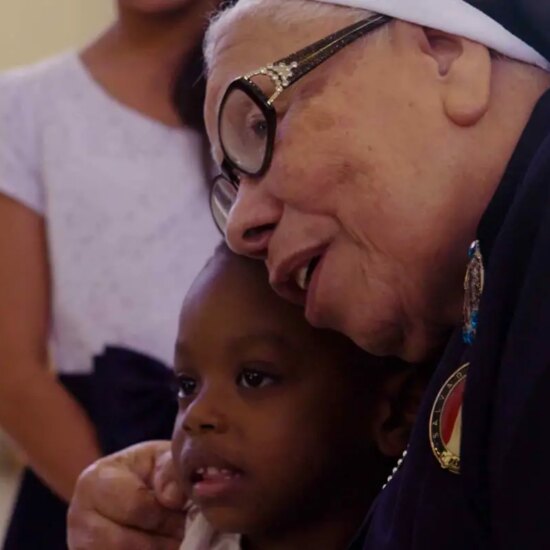
How do you feel now?
And what about now? Do you find it easy to pinpoint which emotion you experience? From a very young age, we often hide feelings and emotions, be it anger or even happiness. Usually, we navigate our day with very mild emotions. At times, we don’t even understand what we are feeling, and often we feel two or more things at once. It’s surprising how our true emotions can remain hidden from us. This complexity can make it hard for us to recognize our own emotions. And this affects the way we express them.
The Challenge for Actors and Directors
Acting or directing requires us not only to understand our own emotions but to understand a character’s as well. If we struggle with the former, the latter becomes an even greater challenge. Some people feel blocked in front of the camera, while others may overact. Often, it’s because they haven’t learned to connect with their true emotions or the direction they’ve been given is not clearly representing the desired emotion.
A Practical Approach
Would you wish to practice emotions in a structured way, much like a musician practices their scales and arpeggios before delivering soul-touching performances? Good
news! There’s a logical explanation for this emotional dimension, and we’ll take for that some exercises from emotional intelligence. Why? Because awareness of our emotions and feelings helps us send clear messages in our everyday lives. In filmmaking, be it acting, directing, or scriptwriting, it helps us understand and create believable characters.
How Self-Aware Are We?
Although 95% of people believe they’re self-aware, research by Dr. Tasha Eurich, an organizational psychologist and author on self-awareness topics, shows that only about 10-15% truly are. Emotional intelligence teaches us to recognize, understand, manage, and respond to emotions. It begins with self-awareness, progresses to self-management, and then expands to the awareness of others’ emotions.
Struggles
Emotions, especially intense ones, can be challenging even for experienced actors and directors. Standard representations of emotions, like “stamps”, can seem inauthentic since emotions manifest uniquely in each person. Every actor, director, scriptwriter, and character has their own unique story. We all feel differently, rarely displaying strong feelings openly, as we have “filters” and “masks” we are used to wearing. Whether positive or negative – strong feelings are often seen as inappropriate or socially unacceptable. Most of us often censor our own thoughts and feelings. Natalie Portman in her Masterclass says – that even for very experienced actors some emotions come easily, and some don’t. “Know this about yourself so that you can best prepare for a highly emotional scene, whether it’s extremely funny or
extremely sad.” So, how can we know ourselves and our characters’ emotional world?
A Guide to Human Emotions
A psychologist, Robert Plutchik, structured emotions in a way similar to a color wheel. The main circle consists of 8 primary emotions: joy, trust, fear, surprise, sadness, disgust, anger, and anticipation.
„Wait a minute! – interrupted one actor – In my world, red is for love, and not for anger! I disagree with the research!“
What can I say – we can agree or disagree with some of the elements. For some anger is not red, and purple is their favourite color. But we’re not passing judgment here on whether these emotions or colors are good or bad. We use this structure to observe how emotions interact and transition into one another, and how we can use it as a map – to get where we want to be. Basic emotions can get more saturated and increase in intensity, moving closer to the center of the “flower”. And they can decrease in intensity. So, when it feels like you feel nothing, it might be an emotion from the tips of the petals, where colours are not intense and where light purple is similar to light blue. That’s why Plutchik’s flower also has a 3-D representation. In this model, light colours (representing surface feelings of emotion) are all close to each other, while the intense feelings are very saturated and distinct from one another.
Emotional Mixology
Just as colours blend, creating new ones, emotions can mix too. Thanks to these mixtures, the number of
emotions reaches thousands and thousands. Detailed emotion wheels can help us to get a clearer picture of our feelings. But what to do with these Emotion Wheels?
Games to Increase Emotional Awareness
1. Emotion Wheel Scavenger Hunt
Head out to a public place, watch a movie, watch a cartoon, and “check in” within yourself about how you’re feeling. Use the Emotion Wheel to spot and note emotions, whether they’re shown by real people or characters or inside of you. By doing so, we can enhance our ability to comprehend and recognize emotions.
2. Naming What You Feel
Ask yourself at random times: What am I feeling now?
Is it anger or joy? If it’s nothing – is it closer to boredom or resentment or serenity? When you learn how to name what you feel, you can better share and express your emotions and understand the emotions of others.
3. Emotion Wheel Weekly Challenge
Weekly Focus: Each week, select an emotion from the wheel that you struggle with in your real life or as an actor.
Daily Tasks: Set small daily tasks to help you understand that emotion. Observe yourself and others going through this emotion. Notice situations that cause this emotion. Practice escalating and de-escalating this emotion in a controlled environment. If “trust” is your focus, you might start by trusting yourself with small decisions, then gradually trusting others, noticing how you feel. Reflect & Progress: At the end of the week, reflect on your
progress and any insights gained. Consider using a journal or discussing your journey with someone.
Feel and Film
Starting with self-awareness, we learn to express emotions better, which is essential for an actor, director, or scriptwriter. Besides, self-awareness has countless proven benefits like stronger relationships and higher performance, beneficial for any filmmaker. After gaining self-awareness, we transition into recognizing the emotions of others. By tuning into these emotions, we’re better equipped to understand the emotional subtext of characters. This subtle layer, concealed beneath the dialogue, reveals what characters genuinely feel and think. Whether we’re directing, acting, or scriptwriting, recognizing this subtext allows us to depict characters more authentically, making the audience believe, feel, and hence become more involved.
Using emotion wheels like musicians practice their scales and arpeggios on their instruments, we start understanding the sophisticated instrument that is the human being more deeply so that we can feel and film.
Inessa Kraft is an actress interested in philosophy and human nature. She focuses on inspirational stories and loves portraying adventurous and philosophical characters. Besides acting, she produces and directs both in a video production studio and her own projects. Some of her favourite projects can be found here.














